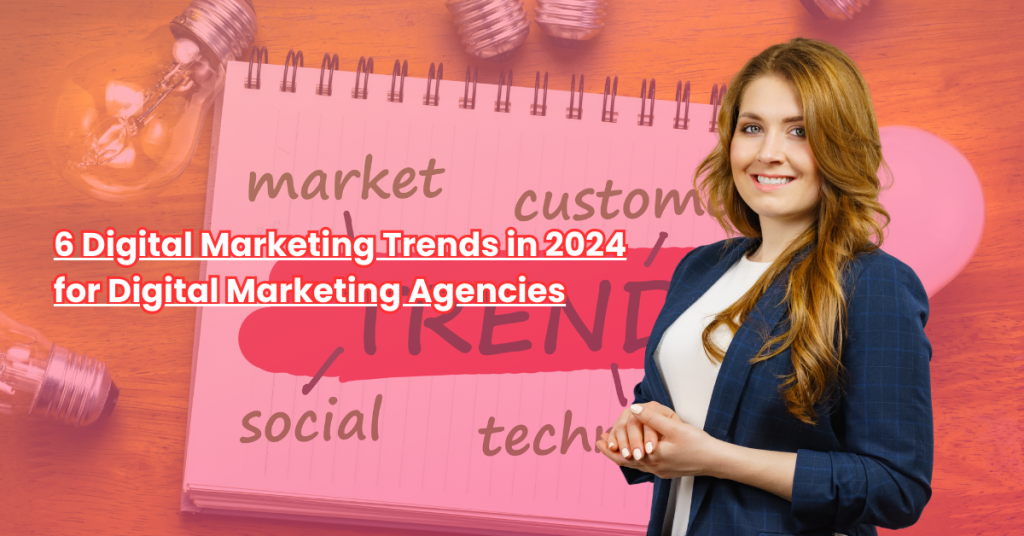What is SEO?
In today’s digital era, having an online presence is crucial for any business or individual seeking to grow their reach. However, just having a website is not enough; it needs to be visible to the right audience. This is where SEO (Search Engine Optimization) plays a critical role. If you’re looking for professional guidance, an SEO Company in Gurgaon can help you optimize your website effectively. But what exactly is SEO, and how can it help your website rank higher on search engines like Google? SEO (Search Engine Optimization) refers to the process of improving a website to increase its visibility when people search for products or services related to your business in search engines. It’s a set of strategies and techniques that help your website appear in organic (non-paid) search results. When done correctly, SEO helps websites rank higher in search engine results pages (SERPs), driving more traffic to the site and ultimately increasing conversions. Why Is SEO Important? Every day, millions of people use search engines to find information, products, and services. Whether you are a local business, an eCommerce platform, or a content creator, your audience is likely using search engines to look for what you offer. SEO (Search Engine Optimization) ensures that when potential customers are searching for relevant keywords, your website is prominently featured in the search results. Effective SEO strategies can help you build trust with your audience, improve user experience, and offer valuable information that users are seeking. Without SEO, your website may remain invisible to potential customers, lost among the millions of other websites competing for attention. How Does SEO Work? SEO is a dynamic and evolving field, but the core of SEO (Search Engine Optimization) remains the same: improving a website’s relevance and authority in the eyes of search engines. Search engines, like Google, use sophisticated algorithms to analyze and rank web pages. These algorithms take into account various factors such as keyword relevance, content quality, site structure, backlinks, and user engagement. By employing effective SEO techniques that align with these factors, you can improve your website’s ranking in search results. The better optimized your site is, the more likely it is to appear higher on the search engine results pages. Key Components of SEO There are several key components involved in SEO (Search Engine Optimization), which can be categorized into on-page SEO and off-page SEO. Let’s break down the most important elements: 1. Keyword Research Keyword research is at the core of any successful SEO strategy. It involves identifying the keywords and phrases that your target audience is searching for. By optimizing your website’s content for these keywords, you increase the likelihood of ranking for those search terms. A good practice is to find a balance between high-volume keywords and more specific, less competitive keywords known as long-tail keywords. These often have lower competition and can attract more targeted traffic. 2. On-Page SEO On-page SEO refers to optimizing the elements on your website that affect your rankings. Some of the most important SEO techniques in on-page SEO include: 3. Off-Page SEO Off-page SEO refers to activities outside your website that influence search engine rankings. The most notable off-page SEO technique is link building, where other reputable websites link back to your content. These backlinks act as “votes” of confidence for your website, signaling to search engines that your site is authoritative and trustworthy. Social media marketing, influencer collaborations, and guest blogging are some SEO techniques that can drive traffic and earn backlinks. SEO Strategies for Success To succeed in SEO (Search Engine Optimization), you need a comprehensive strategy that addresses both the technical and creative aspects of SEO. Here are some proven SEO strategies to help you achieve better rankings: 1. Create High-Quality Content Content is the backbone of any SEO strategy. Search engines prioritize websites that offer valuable, relevant, and informative content. Your content should answer the queries your target audience is searching for while being engaging and easy to read. Regularly updating your website with fresh content—such as blog posts, infographics, or videos—is an effective way to keep your audience engaged and improve SEO. 2. Optimize for Mobile With more people accessing websites on mobile devices, it’s essential to have a mobile-friendly website. Google has adopted mobile-first indexing, meaning that it primarily uses the mobile version of your site to determine its ranking. Responsive design, fast load times, and intuitive navigation are critical components of mobile optimization and contribute to a positive user experience. 3. Improve Page Speed Page speed is a crucial ranking factor. If your website takes too long to load, users are more likely to leave, resulting in a higher bounce rate. By improving your site’s loading time through image optimization, reducing server response times, and minimizing JavaScript, you can enhance user experience and improve your rankings. 4. Build Quality Backlinks One of the most powerful SEO techniques for improving your site’s authority is to earn high-quality backlinks from reputable websites. Focus on building relationships with other businesses and influencers in your industry to encourage them to link back to your content. Guest blogging on relevant websites is another excellent way to gain exposure and acquire backlinks. Common SEO Mistakes to Avoid Even with the best intentions, businesses often make mistakes that can hinder their SEO efforts. Some common mistakes include: Conclusion In summary, SEO (Search Engine Optimization) is an essential tool for anyone looking to grow their online presence. By employing the right SEO techniques and developing effective SEO strategies, you can improve your website’s ranking, attract more organic traffic, and ultimately, drive business success. If you need professional help, partnering with an SEO company in Gurgaon can provide the expertise you need to optimize your website effectively. Understanding the fundamental concepts of SEO and staying updated on algorithm changes are key to maintaining and improving your rankings. With the proper approach, SEO can offer long-term benefits for your business and establish your website as a trusted resource in your industry.





